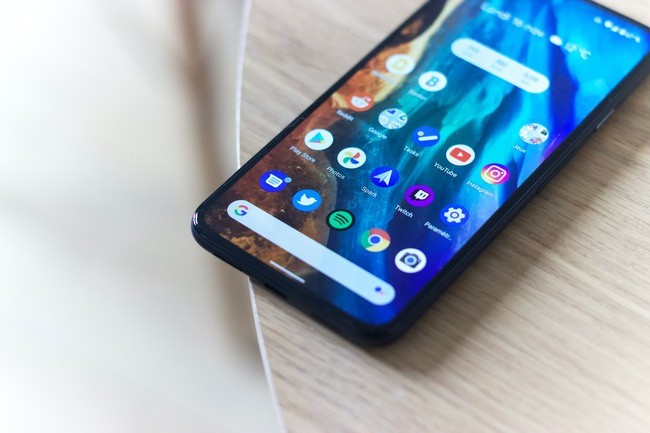The Snapdragon 8 Gen 3 showed some serious skills, getting users excited for next year's top dogs. This iQOO 12 cell that people have been checking out has been the first to toss this chip in worldwide.
While Xiaomi and OnePlus have used it in China, the global launch of the iQOO 12 makes it a big deal to see what this Snapdragon 8 Gen 3 can really do.
Similar to its predecessor, the iQOO 11, the iQOO 12 showcases the potential of upcoming Android phones in 2024. It will delve deeper into the performance of the iQOO 12, particularly highlighting the improvements brought by the Snapdragon 8 Gen 3.

The Snapdragon 8 Gen 3
Qualcomm's Snapdragon chip includes one super fast 3.3GHz main core, five faster 3.2GHz extra cores, and two not-as-quick 2.3GHz cores. While using the identical tech as the earlier model, this different setup completes tasks almost three times faster.
The updated Adreno graphics chip allows 25% more power, significantly improving how it handles reflecting light. Even though there may be improvements to how it assists cameras and understands things, those don't affect the synthetic tests users care about here.
The emphasis will be on the rating numbers rather than other modifications. The trial outcomes will be showcased presently.
Benchmarking Gave Magnificent Results
A user tested the Snap 8 Gen 3 on the iQOO 12, going for the ROG Phone 7 Ultimate to stand for the Snap 8 Gen 2, which is famous for staying strong in 2023. The A17 Pro, moving up a 3nm node, joined with numbers from the iPhone 15 Pro Max, which is well-known for ruling single-core performance.
The iPhone 15 Pro Max led in single-core scores, typical for Apple electronics. The A17 Pro did best, surpassing Qualcomm's newest by 24% in Geekbench 6's single-core tests and over the 8 Gen 2 by 32%.
However, the Snap 8 Gen 3 was close behind the A17 Pro in multi-core tests, dropping by just 6%. Amazingly, the Adreno 750 showed off the power, going past the A17 Pro by 16% in 3DMark's WildLife Extreme and surging ahead by 38% in ray tracing-enabled Solar Bay tests, making a big lead for Qualcomm.
The 8 Gen 3 showed some significant changes when put next to the 8 Gen 2, with an 11% boost in single tasks and a shocking 20% jump in multiple jobs.
It also displayed a 14% improvement in the 3DMark jungle challenge and a mind-blowing surge of 53% in daylight testing. Still, limitations in Android's maximum frames per second for games and the available titles hold back some of what the hardware can do.
The Snapdragon 8 Gen 3 shows significant gains, almost catching up to the A17 Pro. Further tests are planned with ASUS's 2024 gaming phone to compare truly.
While made-up tests may not be like how we use phones, they show how chips are changing. The 8 Gen 3 doesn't make the 8 Gen 2 slower; both work well.
Whether looking at the 8 Gen 3 in 2024 top phones or the 8 Gen 2, expect them to perform great.
Related Article: OnePlus 12 Vs Samsung Galaxy S24 Ultra: Unveiling The Snapdragon Powerhouse, Which Reigns Supreme?
© Copyright 2025 Mobile & Apps, All rights reserved. Do not reproduce without permission.














